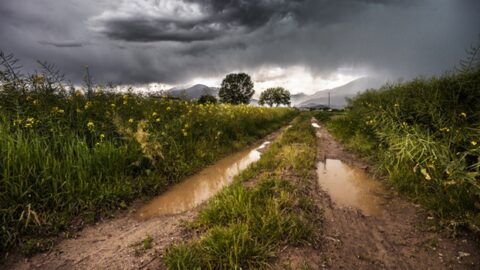In the lush heat and thundering skies of late July, stores start rolling out back-to-school sales and school uniform displays, harbingers of the cooler, calmer weather to come. But this summer, the familiar rhythms seem hollow and dispiriting. This summer has been another in a long line of Red Summers, hatred pulsing, searing, erupting in violence that can’t be relieved by summer rain or the promise of the fall. It’s become harder and harder to find respite from the violence in the world.
Yet, in the middle of this summer that feels as if the world is coming apart at the seams, I find myself turning towards my turn in the classroom this fall with renewed energy and, importantly, renewed hope.







